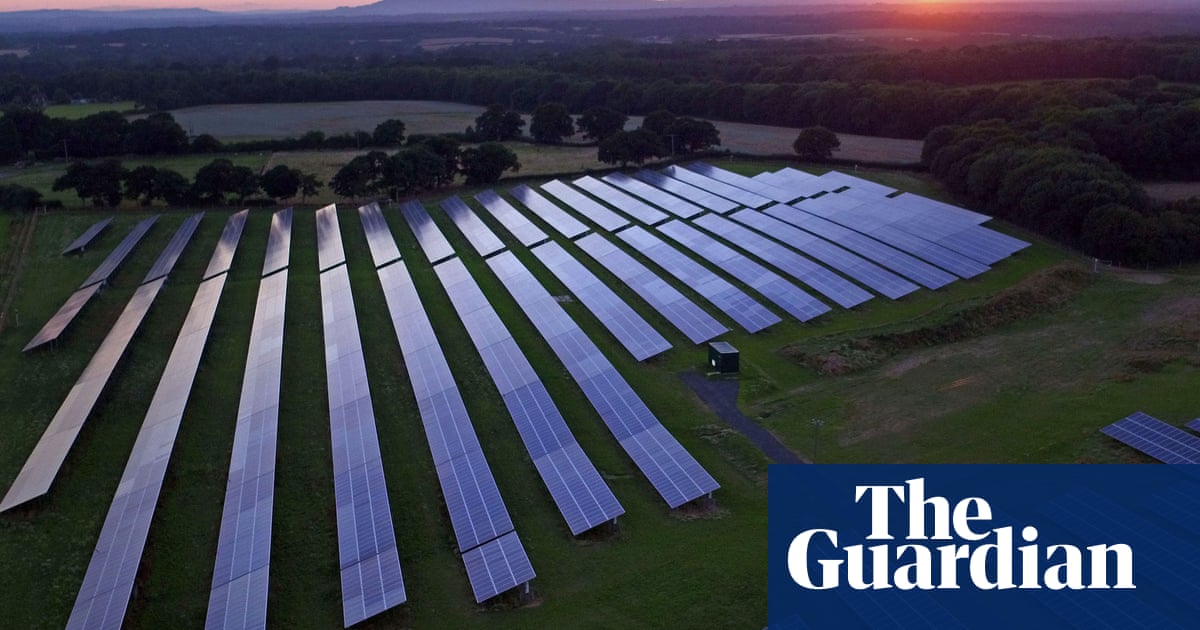World Facing Shortfall in Renewable Energy Goals: IEA Warns

Introduction
The International Energy Agency (IEA) has recently issued a stark warning regarding the global target of tripling renewable electricity generation by 2030. This goal is deemed crucial for a swift transition away from fossil fuels towards a more sustainable energy system. However, current trends and policies suggest that this target may be missed.
Analysis of Current Policies
In December of the previous year, nearly 150 countries committed to significantly increasing renewable energy capacities. An analysis by the IEA indicates that if these countries continue with their current policies, global renewable electricity generation capacity will only roughly double by 2030. This falls short of the 11,000 GW needed to hit the tripling target. Developed nations are expected to double their renewable capacities, while developing nations might achieve slight increases.
IEA Executive Director Fatih Birol emphasized the necessity for governments to turn their promises into actionable plans. Adding renewable targets to national climate action plans, known as nationally determined contributions (NDCs), could significantly accelerate progress.
Key Findings
The IEA report highlights that current policies will bring global renewable energy capacity to about 8,000 GW by 2030—only 70% of the targeted capacity. Solar energy represents nearly half of this planned increase, followed by wind power, which makes up about a quarter. The agency noted that the gap, though significant, is bridgeable with swift and decisive policy actions.
Case Studies and Regional Insights
China
China has exhibited unprecedented progress by adding more renewable capacity last year than the rest of the world combined. This was largely driven by the comparative cost-effectiveness of solar and wind power over coal.
Europe
European nations have institutional mechanisms to enforce climate pledges, often involving legally binding commitments that can be contested by citizens if not met.
Challenges and Opportunities
Among the critical challenges cited in the IEA report is the need to upgrade electricity grids. In many regions, aging infrastructure hampers the integration of new renewable capacities. Governments must focus on regulatory reforms and investments in grid modernization to facilitate the smooth and efficient distribution of renewable energy.
Countries are set to discuss climate finance at upcoming UN climate conventions, which could potentially unlock new funding avenues for renewable projects in developing nations. Including detailed renewable energy plans in NDCs is a crucial step for these countries to attract international finance and technical support.
Conclusion
The IEA's warning serves as a critical call to action for nations worldwide. Without accelerating the pace of renewable energy adoption and addressing the infrastructural bottlenecks, the goal of tripling global renewable electricity generation by 2030 remains distant. Encouragingly, regions like China and parts of Europe offer valuable lessons in rapid deployment and policy enforcement. Sustained international cooperation and rigorous adherence to climate commitments are vital to closing the gap and advancing toward a sustainable energy future.
This article was prepared using information from open sources in accordance with the principles of Ethical Policy. The editorial team is not responsible for absolute accuracy, as it relies on data from the sources referenced.
FAQ
Why will the world miss the target of tripling renewable electricity generation by 2030?
According to the IEA, current policies and trends will only result in the doubling of global renewable electricity capacity, falling short of the needed 11,000 GW by 2030. Governments need to promptly integrate ambitious renewable policies into their national action plans to bridge the gap.
What are the key challenges to achieving the tripling target?
One of the biggest challenges is upgrading electricity grids, which are often outdated and unable to handle new renewable capacities. Additionally, while countries have committed to tripling renewable energy, many have not yet taken concrete steps to meet this goal.
Which countries are making notable progress in renewable energy?
China has made remarkable progress by adding more renewable capacity last year than the rest of the world combined, driven by the lower costs of solar and wind energy compared to coal. Some European countries also exhibit strong institutional mechanisms to enforce climate pledges.
What role does climate finance play in meeting renewable energy goals?
Climate finance is crucial for developing countries to implement renewable energy projects. Detailed renewable plans within their NDCs can attract international funding and technical support, which is essential for achieving their climate goals.